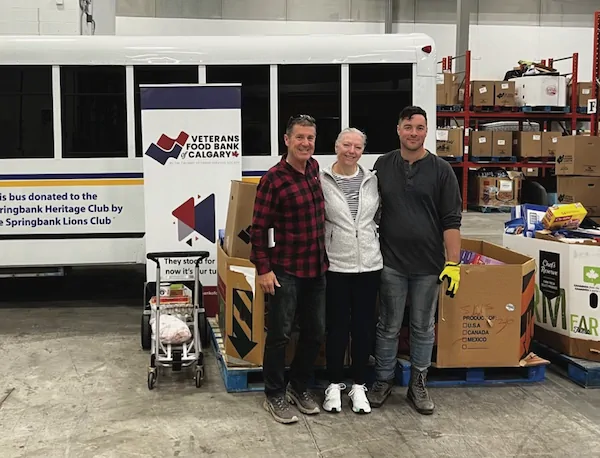SPRING INSPIRATION
Springtime. Sunshine. Mountain air. You inhale deeply. Your lungs fill to capacity. You feel fully alive.
Something more than exchanging atmospheric gases happens in these breaths. All the meanings of inspire seem present at once. Hawaiians know the breath as sacred and connected to the divine. Taoists, Yogis, and Eastern health practitioners use breathing to build energy, regulate mood and emotions, and achieve mental acuity.
Western medicine has begun to embrace breathing as a means of decreasing stress, influencing hormone levels, and subtly shifting our over-used fight or flight responses.
A good breath can do all that. As our breathing improves, nearly everything about us improves proportionally. When breathing is difficult, it can induce panic and struggle. Being air-hungry from injury or disease is a frightened, limited existence.
Breathing touches every aspect of our being – chemically, mechanically, emotionally, and spiritually. It is integral to our pH levels, core stability, posture, and movement. It’s foundational to our health and often underestimated to ts importance and interconnectedness with our other systems.
Most people are not aware that their lungs can get stuck to the inside of their chest wall and that the liver can restrict motion of their diaphragm. These restrictions of course affect breathing, but also affect the movement of necks, shoulders, backs, and hips. The field of visceral manipulation was created to treat these kinds of restrictions.
Most of us have some degree of lung restrictions. It’s that common. Think you’re sensitive and in tune with your body? Try a little test of perceiving movement. Put your hands on the sides of your lower rib cage. As you breathe in, your lower rib cage should expand laterally. The right side and the left side should do the same thing at the same time.
How’d you do? Feel anything? Did one side move differently than the other? Maybe you barely felt movement at all. If you didn’t feel any lateral expansion, there may not have been any. A stuck lung could be the source of that restriction.
Fractured collar bones and ribs, seatbelt injuries, contact sports, falls, and thoracic surgeries can all create adhesions and scar tissue that affect the lungs. Bleeding anywhere inside your thoracic cavity is particularly efficient at creating such adhesions. Smoking, asbestos, and silica particles will create similar restrictions within the lungs themselves.
Because the anatomy is protected within the rib cage it’s difficult for health practitioners to feel movements of the tissues and organs. Imaging technology like MRI’s and CT scans aren’t helpful either because these restrictions are found by detecting abnormal movement and not through the stillness of pictures. This leaves many people under-diagnosed.
Most breathing problems are mechanical in nature (things are stuck), but unfortunately often treated medically with chemicals (pharmaceuticals). It’s my opinion that chemical solutions don’t always work for mechanical problems.
Good hands-on techniques have been developed to evaluate and treat restrictions in breathing anatomy. We have found that many asthma cases could be markedly reduced or eliminated and in fact, many shoulder, neck, hip, and back problems could be improved or prevented by correcting breathing restrictions. You’ll need to find a practitioner trained in visceral manipulation to help you explore this.
Singers rejoice – you can finally tune your instrument and increase the ease and range in which you sing.
As awareness increases of breathing disorders and how they impact our health, there are a growing number of practitioners qualified to work effectively on breathing anatomy within Alberta. Knowing this is like a breath of fresh air. I hope you enjoy the inspirations of spring.
Jeff Harvie – Physiotherapist
Bluewaterphysio.ca


























